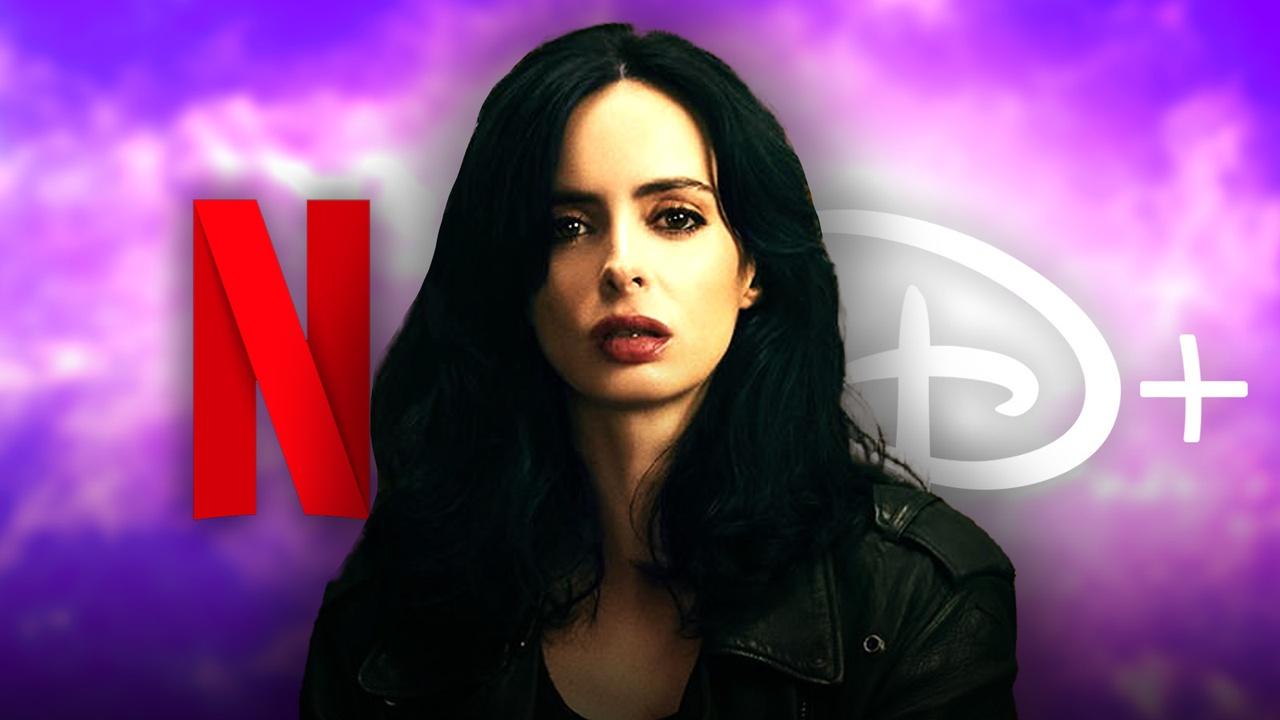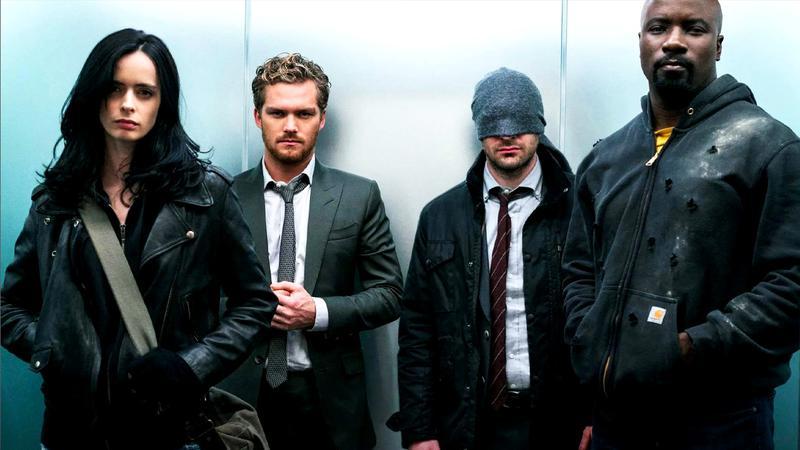
Jessica Jones star Krysten Ritter recently detailed the key differences between her character in the MCU vs Netflix's now-defunct take on the Marvel world. Ritter is about to hop back into her iconic leather coat for the first time in several years, reprising her former Netflix Marvel role as Jessica Jones in the upcoming second season of Daredevil: Born Again.
In a recent conversation with Screen Rant, Ritter talked about her upcoming Born Again Season 2 role, pulling the curtain back on several key differences between the new MCU series and her former Netflix tenure.
While the new Daredevil revival continues the continuity of the Netflix Daredevil series, the two projects/takes on the franchise do have some differences. Charlie Cox's Matt Murdock, Vincent D'Onofrio's Wilson Fisk, and John Bernthal's Frank Castle were the major Netflix heroes/villains to come over to the new series in Season 1, but that roster of former Netflix mainstays will grow in Season 2.
Ritter's super-powered private investigator is one of the new additions to the show's sophomore effort, as she joins Matt Murdock's team of heroes fighting the new Mayor Fisk and his anti-vigilante Task Force.
Daredevil: Born Again Season 2 is set to hit Disney+ on March 4, 2026, following Cox's scarlet-clad comic character as he goes to war with D'Onofrio's Kingpin, who is now sitting in the office of New York City Mayor.
The 3 Key Ways Jessica Jones Will Be Different From Her Netflix Version

Daredevil’s Specific Color Palette
The first thing Krysten Ritter mentioned when describing the differences between the MCU vs Netflix was the color palette. "This is a show that has a very specific color palette," Ritter posed:
"This is a show that has a very specific color palette, which is cool to see on the day."
Daredevil: Born Again and Daredevil are visually in conversation with each other, but they also have their own distinct color palettes.
While Netflix's Daredevil and Defenders series opted for oranges and browns to portray the show's gritty tone, Born Again leans more into blues and grays, instilling this feeling of coldness in the viewer as Matt Murdock picks up the pieces of his former life.
Higher Production Value
The next thing the former Netflix marvel star mentioned was an increase in production value. She remarked that "the production value is massive," oddly enough, bringing up the number of cranes on set each and every day:
"The production value is massive. This is a big show. There's cranes for every single thing you could think of. Every day, there's like multiple cranes. It's a really big production. They put alot of money into it, which is awesome."
This is not to say that the original Daredevil series was lacking in funds, but the Netflix Marvel shows always had this 'making it work with what we have' quality to them. Now, however, that does not seem to be a problem, having the full financial backing of Marvel Studios (and, in turn, Disney).
Former Daredevil showrunner Stevn Deknight addressed this around the release of Born Again Season 1, posting on X, "we didn’t have the money to [do what Marvel Studios is]:"
"It’s purely a financial issue. On the Netflix show, we didn’t have the money to do this. If we had, we would have."
Daredevil Tone
Lastly, Ritter mentioned the tone used in Born Again vs what came before in the Netflix franchise. "There's a specific Daredevil tone," Ritter posited, bringing up the slightly different feeling Born Again has from the previous series:
"And there's a specific Daredevil tone. Obviously Jessica fits into that pretty seamlessly."
Tonally, the MCU Daredevil revival is quite similar to the original show. However, it differs significantly from Jessica Jones' solo series, eliminating some of the more comedic elements of the Ritter-led streaming outing.












